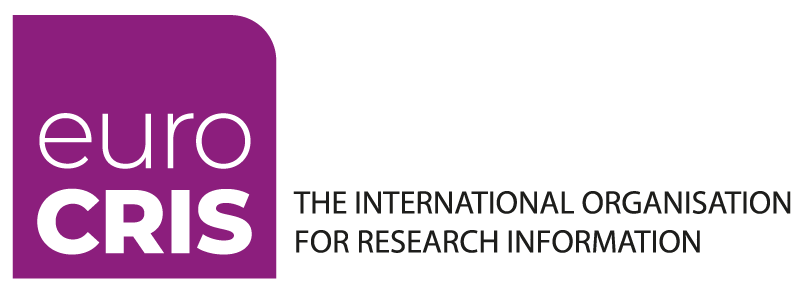The Directory of Research Information Systems (DRIS) is a euroCRIS initiative to map the available research information management infrastructure in Europe and beyond. As of Feb 2025 it includes close to a thousand five hundred (1,500) CRIS systems for institutions, research funders and other bodies in multiple countries.
The original driver for this Directory of CRIS systems was to try and collect a comprehensive snapshot of how widely implemented these are across the European Research Area. In conversations with the leads for European e-infrastructure development at euroCRIS events, a request has often been expressed to have more information on the availability of such systems before they could be taken into consideration as a building block for e.g. the European Open Science Cloud. As the RIM infrastructure grew worldwide, this original goal was superseded and the DRIS became a global directory of Research Information Management Systems.
Beyond the usefulness of having an accurate snapshot of the RIM landscape at a national level when planning new services around research outputs, at euroCRIS we are constantly on the look for services that may be directly built on top of the DRIS. Two main ones have been surfaced thus far:
- As shown in the Spring 2019 membership meeting at CSC in Espoo, CRIS systems are increasingly being harvested by OpenAIRE, for the moment as a beta development. In order for this harvesting to consolidate, CRIS data providers to OpenAIRE will need a persistent ID so that their feeds can be uniquely identified. This ID can easily be provided by the DRIS if the data provider is listed in it. This was one of the main objectives of the DRIS+ project that OpenAIRE funded in 2020-2021 under its Open Innovation Call;
- Recent surveys to examine the way the CRIS infrastructure is evolving such as the 2018 joint euroCRIS/OCLC survey on RIM practices or the 2016 euroCRIS/EUNIS survey on CRIS/repository interoperability could be much more effective if an up-to-date list were available for operational systems that could directly be queried.
- Type: type of CRIS, i.e. institutional, funder, national, regional, aggregation, subjectspecific, other
- Organisation: body operating the CRIS (usually a university or research centre, or a funder)
- Name: name of the CRIS (where available)
- Platform: software solution underpinning the CRIS. It may be a commercial platform (Pure, Converis, Symplectic Elements, SoleCRIS, etc), an open source solution (DSpaceCRIS, Haplo) or it may have been developed in-house
- Status: status of the CRIS, usually operational or under construction
- URL: URL for the open CRIS portal where available. If the CRIS is closed, any webpage where information on the system is provided, see for instance the entry for METIS at Radboud Uni


